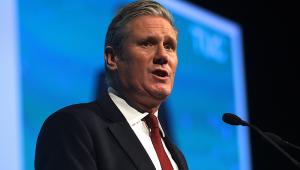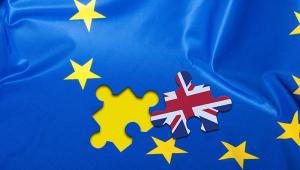
Image © iStock
Political biographies come around much sooner these days so we will know quite quickly why Rishi Sunak decided to call the election for 4 July.
At some point, Jeremy Hunt will explain why the plans changed.
The autumn is still going to be tough for all of the political parties as that’s when very difficult decisions over funding and responsibility will have to be made. The party conferences – even Labour’s – won’t be celebrations.
But let’s start with the election call. What happened?
The plan was for the chancellor to deliver an autumn statement after the party conference with another national insurance cut that would have satisfied the party’s right wing. Then there would have been a November election.
There are some clues and precedents for why everything changed.
Labour PM Jim Callaghan in the 1970s was undone by the IMF when he had to borrow to halt the sterling crisis. So the warning to Jeremy Hunt last week against more tax cuts would have been a gift to Labour.
Kristalina Georgieva, IMF managing director, was careful in her words but direct: “We are genuinely concerned, not just for the UK, for all countries that have used fiscal buffers extensively, that they must do more to rebuild these buffers.”
The IMF had also upgraded its growth forecasts – at 0.6% for this year – as well as given recognition that a long recession has been avoided. So it wasn’t all bad news.
But at the same time, UK data revealed record government borrowing in April. That doesn’t auger well for whichever party wins.
Alison Ring, ICAEW director for public sector and taxation, explained ahead of the election announcement: “The unsustainable debt burden is still equivalent to around £39,000 for each and every person living in the UK. The chancellor will be disappointed that April’s deficit of £20.5bn is worse than the OBR’s most recent forecast of £19.3bn for the first month of the financial year, although this is a relatively tiny variance in the context of the overall public finances.
“The International Monetary Fund’s warning that taxes will need to increase to cover the cost implications of the postponed Spending Review will not be welcome news either.”
Was the announcement a riposte to the famous Liam Byrne letter left at the Treasury advising there was no more money left? The FT has floated another perspective. The PM has in recent days committed to paying compensation to the victims of the Post Office and infected blood scandals. Plus, he’s made a commitment to spend 2.5% of GDP on defence by 2030. The next government faces difficult choices given the costs of all of these commitments.
Now we have a decision on the election, what next?
There will now be a frantic wash-up of parliamentary business including the finance bill which may only survive until just after election day. Any final reports and official business will need to be published within two days. Is it a good day to bury bad news?
That leaves the holding position for the public sector between now and when the new administration has made its decisions.
Plus, there are issues that will still have to be faced in the autumn by all of the political parties that have local authorities in their control.
It is very likely that the Grenfell Inquiry report will be released by the end of the year. It will have profound implications for public sector leaders and politicians at all levels.
And the cost of SEND provision, social housing and older people is going to continue rising. Could there be more S114 declarations?
Outside everyone’s control is the war in Ukraine which is likely to become even more intense.
That means all the real focus will be on the first spending review of the next administration, likely in November.
The Institute for Fiscal Studies said: “The spending review will set some £600bn of departmental budgets from April 2025 onwards and will be a crucial moment for the next government to lay out its priorities and plans for public services.”











